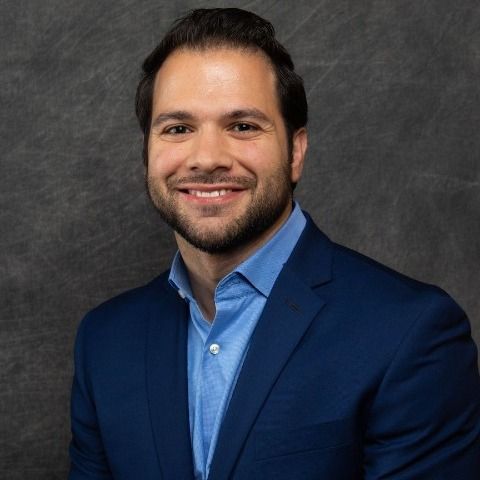Article
Survey Results Indicate Positive Reception to Telehealth in Gastroenterology
Author(s):
Up to 91% of the gastroenterologist respondents plan to integrate telehealth into their practice following the COVID-19 pandemic.
Danny Issa, MD

With the ongoing coronavirus disease 2019 (COVD-19) pandemic continuing to shape healthcare practices, the shift to telemedicine has been one of the most noticeable changes implemented among healthcare providers.
According to survey data presented at the annual American College of Gastroenterology (ACG) 2020 conference, gastroenterologists have typically viewed the use of telemedicine in a positive light. There was a general sentiment in planning to integrate telehealth into routine practice following the pandemic.
Danny Issa, MD, and colleagues of the David Geffen School of Medicine, UCLA, constructed a 22-item survey that evaluated providers’ experiences with telehealth. The survey was developed according to literature review, conceptual models of physician behavior, pilot testing by colleagues and discussions with academic and community gastroenterologists.
The investigators invited gastroenterologists within the David Geffen School of Medicine’s Division of Digestive Disease to take the survey.
Overall, a total of 44 gastroenterologists (53%) responded to the survey, of whom 37% were female, and 72% were <45 years old.
In terms of length of practice, 38.2% indicated 0-5 years since training, followed by 26.5% who indicated >20 years. Only 1 (2.9%) indicated they were still in training. As for specialty, general GI was the most represented in the survey (63.6%).
Thus, up to 46% of respondents reported positive experiences with telehealth, with 29% reporting very positive experiences. Only 6% reported a negative experience.
As many as 63% felt telehealth was more efficient than traditional visits, and 58% considered adding telehealth visits between endoscopic procedures.
Furthermore, 91% planned to integrate telehealth into their practice following the COVID-19 pandemic—35.3% indicated they were extremely likely to do so. About 2/3 of respondents stated they would use this medium only if appropriate insurance payment—that is equal to office visits—is provided.
However, there were a few barriers that were noted by the respondents. For example, the inability to conduct a physical exam was the most reported (44.1%). Furthermore, this barrier was considered critical in 27% of respondents.
Other barriers included billing concerns (29.4%), fear of missing critical information in history (8.8%), legal concerns (5.9%) and technical difficulty (5.9%).
The investigators also noted that 25% thought in-person visits would change or have an effect on management plans in comparison with telehealth visits.
Finally, there was no reported association between age or gender with having a positive provider experience. And similarly, the importance of physical exam was not associated with age, gender, or years of experience.
In light of these results, Issa and colleagues considered the need to need improve upon and address the barriers as noted.
“Future efforts should focus on improving the technology’s user interface, overcoming billing/payment hurdles, and techniques to compensate for the lack of physical examination,” they concluded.
The study, “Telemedicine Use Among Gastroenterologists During the COVID-19 Pandemic: Recent Experience and Projection for Future Utility,” was published online by ACG.




